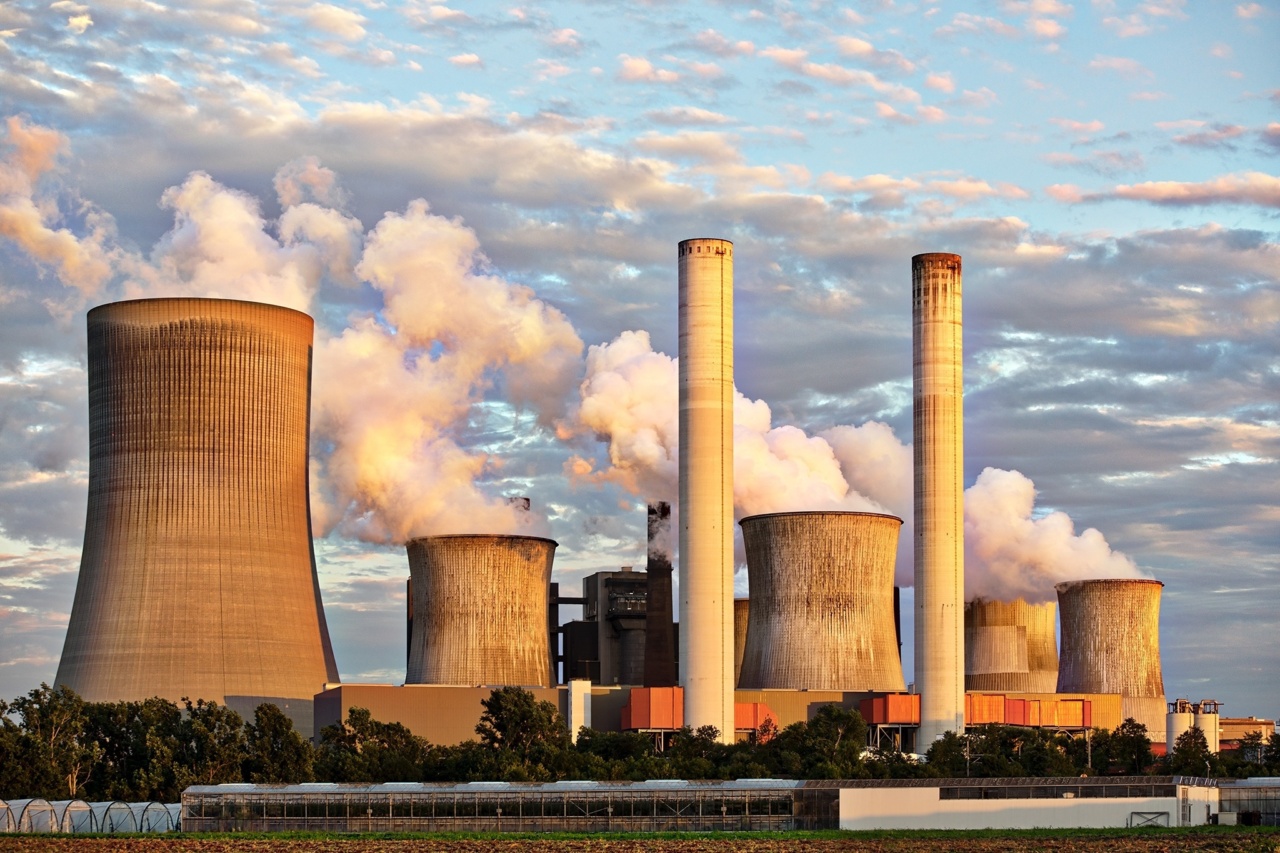As we age, our vision changes. It’s a normal part of the aging process and something that everyone will experience at some point in their life.
However, what many people don’t realize is that air pollution can accelerate the aging process of our eyes, leading to vision problems earlier than expected. In this article, we’ll explore the connection between aging vision and air pollution and what you can do to protect your eyes and your overall health.
What is Aging Vision?
Aging vision, also known as presbyopia, is a condition that affects almost everyone as they age. It occurs when the lens in your eye becomes less flexible, making it more difficult to focus on objects up close.
This is why many people start to have trouble reading small print or seeing things up close as they get older. Presbyopia usually starts around age 40 and continues to progress until around age 65.
How Does Air Pollution Affect Aging Vision?
Air pollution is a major problem in many parts of the world. It’s caused by a variety of factors, including car exhaust, industrial emissions, and agricultural practices.
Exposure to air pollution has been linked to a number of health problems, including respiratory issues, heart disease, and cancer. But, did you know that air pollution can also affect your eyes?.
Studies have shown that exposure to air pollution can accelerate the aging process of the eyes, leading to vision problems earlier than expected.
Air pollution can cause oxidative stress in the eyes, which can damage the cells that are responsible for clear vision. This damage can lead to cataracts, age-related macular degeneration (AMD), and other vision problems.
What Are Cataracts?
Cataracts are a common vision problem that occurs when the lens of the eye becomes cloudy. This cloudiness can make it difficult to see clearly and can lead to vision loss if left untreated.
Cataracts are usually associated with aging, but exposure to air pollution can increase the risk of developing cataracts earlier than expected.
Studies have shown that people who live in areas with high levels of air pollution are more likely to develop cataracts.
This is because air pollution can cause oxidative stress in the eyes, which can damage the proteins in the lens and lead to cloudiness. Additionally, exposure to ultraviolet (UV) radiation from the sun can increase the risk of developing cataracts. Air pollution can actually worsen the effects of UV radiation on the eyes, leading to an increased risk of cataracts.
What is Age-Related Macular Degeneration (AMD)?
Age-related macular degeneration (AMD) is another vision problem that is associated with aging. It occurs when the macula, which is the part of the eye responsible for clear central vision, deteriorates over time.
This can lead to blurred vision, blind spots, and, in severe cases, total blindness.
Like cataracts, exposure to air pollution can increase the risk of developing AMD.
Studies have shown that people who live in areas with high levels of air pollution are more likely to develop AMD than those who live in areas with lower levels of pollution. The exact mechanism by which air pollution causes AMD is not yet fully understood, but it is thought to be related to the oxidative stress caused by pollution.
How Can You Protect Your Eyes from Air Pollution?
The best way to protect your eyes from air pollution is to reduce your exposure to pollutants. This is easier said than done, especially if you live in an area with high levels of pollution.
However, there are some steps you can take to reduce your exposure and protect your eyes:.
- Avoid exercising near busy roads or during times of heavy traffic.
- When driving, keep your windows closed and use your car’s air conditioning system to filter the air.
- Avoid smoking, as smoking can worsen the effects of air pollution on the eyes.
- Eat a healthy diet rich in antioxidants, which can help protect your eyes from the damaging effects of pollution.
- Wear sunglasses that block both UV radiation and small particulate matter from air pollution.
It’s also a good idea to have regular eye exams, especially as you get older. Your eye doctor can detect vision problems early on and recommend treatments that can help slow or prevent further vision loss.
The Bottom Line
Aging vision is a normal part of growing older, but exposure to air pollution can accelerate the aging process of the eyes and lead to vision problems earlier than expected.
Cataracts and AMD are two common vision problems that are associated with air pollution. By taking steps to protect your eyes from pollution, you can reduce your risk of developing these and other vision problems and maintain clear, healthy vision for years to come.



























